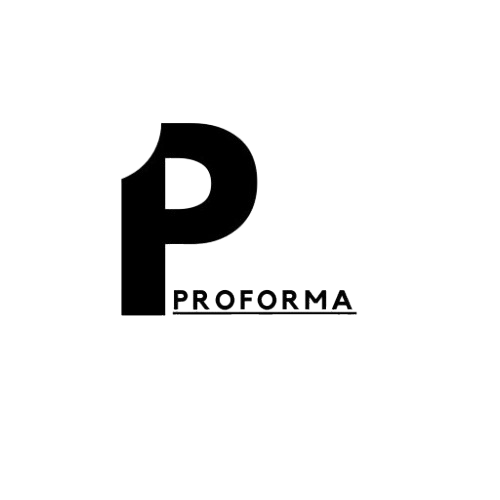What is Current Yield?
Current yield is a key metric in fixed-income investing that represents the annual income from a bond divided by its current market price. It gives investors an idea of the return they can expect from holding a bond, based on its current trading price rather than its face value. For example, if you own a bond with an annual coupon payment of $80 and it is currently trading at $950, the current yield would be calculated as $80 / $950 = 8.42%.
Unlike other yield measures such as yield to maturity (YTM), which considers the total return including capital gains or losses until maturity, the current yield focuses solely on the annual income generated by the bond’s coupon payments relative to its current market price.
Formula for Calculating Current Yield
The formula for calculating current yield is straightforward:
[ \text{Current Yield} = \frac{\text{Annual Coupon Payment}}{\text{Current Market Price}} \times 100\% ]
Let’s illustrate this with an example: Suppose you have a bond with a face value of $1,000 and an 8% coupon rate. If this bond is currently trading at $950, here’s how you would calculate the current yield:
-
Annual Coupon Payment: $1,000 * 8% = $80
-
Current Market Price: $950
-
Current Yield: ($80 / $950) * 100% = 8.42%
Steps to Calculate Current Yield
Calculating current yield involves just a few simple steps:
Step 1: Determine the Annual Coupon Payment
To find the annual coupon payment, multiply the coupon rate by the face value of the bond.
- Example: $1,000 face value * 8% coupon rate = $80 annual coupon.
Step 2: Identify the Current Market Price
Find out what the bond is currently trading for.
- Example: Current market price is $950.
Step 3: Calculate the Current Yield
Divide the annual coupon payment by the current market price and express it as a percentage.
- Example: $80 / $950 = 8.42% current yield.
Examples and Scenarios
Let’s explore how current yield changes under different market conditions.
Discount Bond
If a bond trades at a discount to its face value (e.g., $900 for a $1,000 face value bond with an 8% coupon rate):
- Calculation: ($80 / $900) * 100% = 8.89% current yield.
Par Bond
If a bond trades at par (e.g., $1,000 face value bond with an 8% coupon rate trading at $1,000):
- Calculation: ($80 / $1,000) * 100% = 8% current yield.
Premium Bond
If a bond trades at a premium to its face value (e.g., $1,100 for a $1,000 face value bond with an 8% coupon rate):
- Calculation: ($80 / $1,100) * 100% = 7.27% current yield.
Comparative Analysis
Comparing current yields across bonds trading at different prices can provide valuable insights:
-
A discount bond typically offers higher current yields because you’re paying less than par.
-
A par bond offers exactly what you’d expect from its coupon rate.
-
A premium bond offers lower current yields since you’re paying more than par.
Understanding these differences helps you make more informed investment decisions based on your income needs and risk tolerance.
Current Yield in Investment Decisions
Current yield is essential for evaluating the income potential of different bonds. Here’s why:
-
It helps you compare bonds with varying market prices.
-
When combined with other yield measures like YTM, it provides a comprehensive view of your investment’s potential return.
For instance, if you’re looking for higher immediate income from your investments but are less concerned about long-term capital gains or losses, focusing on bonds with higher current yields might be beneficial.




